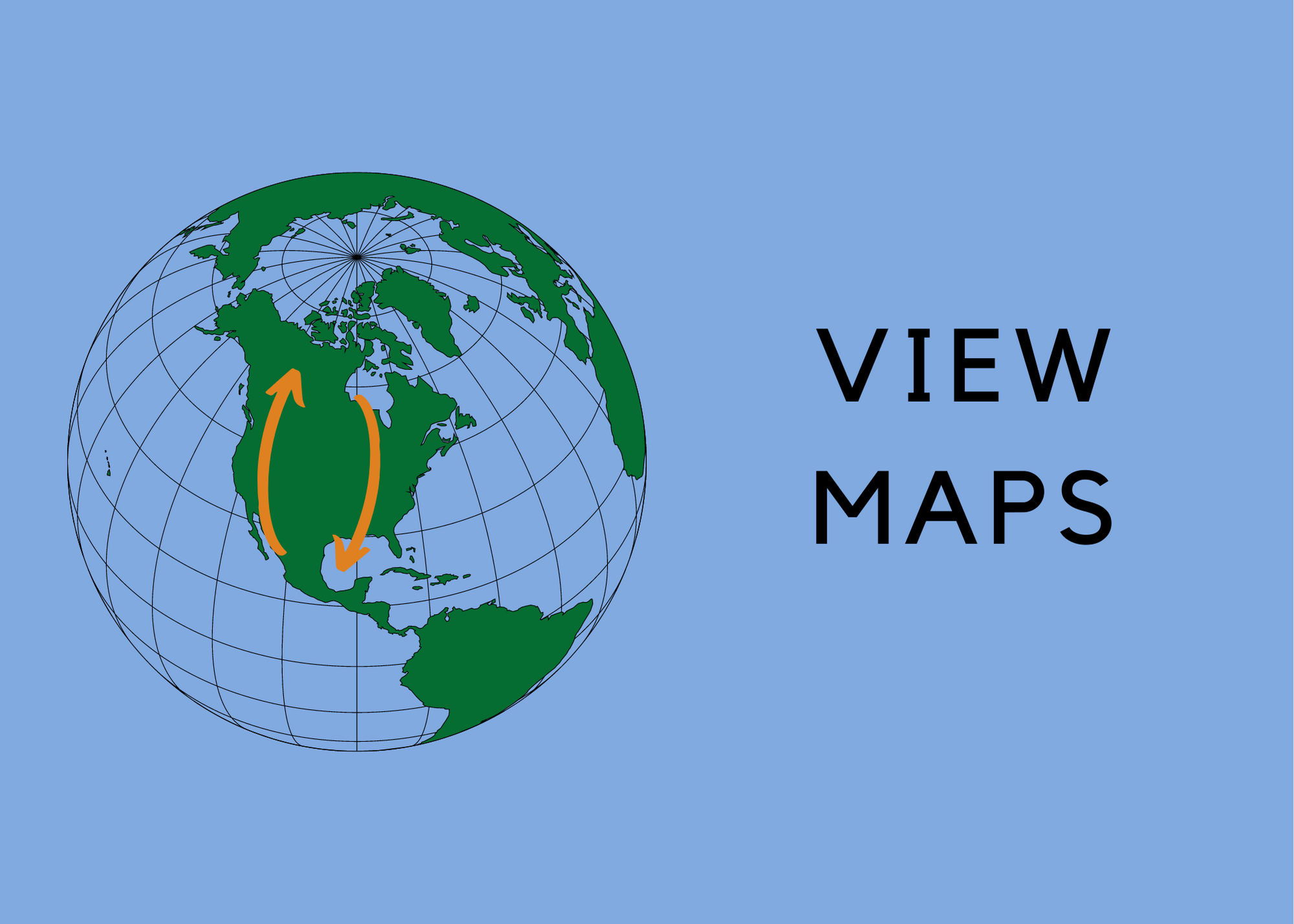Special Alert: Population Numbers Announced
Eastern Monarch Population
New data from the annual survey conducted by WWF and its partners in central Mexico's forests reveal a concerning 59% decrease in the eastern monarch butterfly population during the 2023-2024 winter season, occupying only 2.2 acres compared to 5.5 acres the previous year. This decline, considered a benchmark for the species' overall abundance, is attributed to climatic variations in breeding areas in Canada and the United States, resulting in reduced milkweed abundance due to high temperatures and drought, alongside land-use changes and herbicide use impacting essential nectar plants for adult monarchs.
Read full article: WWF Stories: Eastern migratory monarch butterfly populations decrease by 59% in 2024
Today's announcement revealed that the eastern monarch butterfly population overwintering in Mexico is the second smallest on record, with a mere 0.90 hectares occupied, marking a 59.3 percent decrease from the previous season. Monarch Watch experts from the University of Kansas were available to discuss the implications of these low numbers, attributing them to drought conditions reducing nectar production crucial for migration and winter survival. While the decline is alarming, it's not unprecedented, and monarchs have shown resilience in the past. To aid in their recovery, efforts to increase milkweed and nectar plant abundance are crucial.
Read their full Q&A: MEDIA ADVISORY: Monarch Watch experts at KU available to discuss today’s announcement of low numbers in monarch butterfly population



